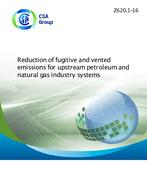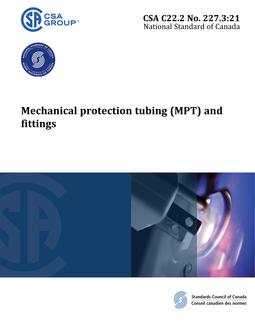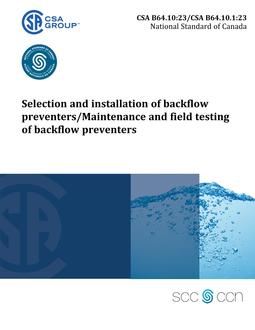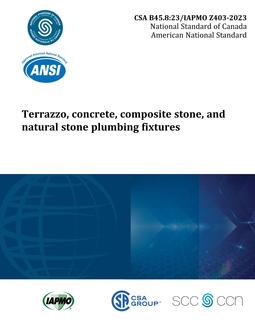
Preface
This is the first edition of CSA Z620.1, Reduction of fugitive and vented emissions for upstream petroleum and natural gas industry systems. This Standard uses pollutant minimization through control at source. This approach allows users to apply this Standard across the petroleum and natural gas industry. This Standard is one of several standards on fugitive and vented emissions across different sectors of the oil and gas industry. Therefore, this Standard should be read in conjunction with other legislation, regulations, best practices, policies, standards, and applicable codes. CSA Group acknowledges that the development of this Standard was made possible, in part, by the support of the British Columbia Oil and Gas Commission, the Canadian Association of Petroleum Producers (CAPP), the National Energy Board, the Alberta Energy Regulator, and the Technical Committee members and their organizations.
Introduction
This Standard applies to unintentional and intentional hydrocarbon gas releases to the atmosphere. These releases are often referred to as fugitive or vented emissions. This Standard is intended to provide minimum requirements, guidance, and best practices for the reduction or, where practicable, elimination of fugitive and vented emissions from the upstream oil and natural gas industry. Implementation of this Standard can also contribute to a safer work environment. The development of this Standard considered the following elements: a) resource conservation efforts; b) air quality and greenhouse gas issues; c) environmental concerns; and d) economics, feasibility, and available technologies.
Scope
1.1 This Standard specifies criteria to develop emission reduction practices and programs. 1.2 This Standard addresses fugitive and vented emissions from point sources in the following sectors (see Figure 1) of the upstream oil and gas industry from wells, pipelines, and facilities associated with a) crude oil production and shale oil; b) oil sands – in situ bitumen production, including thermal (i.e., steam-assisted gravity drainage and cyclic steam stimulation) and non-thermal (i.e., water and polymer injection schemes) projects; c) natural gas production, including conventional, coal bed methane, and shale gas; and d) natural gas processing. Application of this Standard to new and existing wells, pipelines, and facilities is specified within each clause of the Standard. 1.3 This Standard does not include requirements for fugitive and vented emissions from vent sources or area sources for the following sectors: a) crude oil terminals, including pipeline and rail terminals b) downstream sector (including refineries and upgraders); c) transmission and distribution applications; d) oil sands – mining operations; e) oil sands – upgraders; f) straddle plants; g) underground hydrocarbon storage; h) liquefied natural gas plants; and i) offshore applications. 1.4 Reporting requirements are the responsibility of the regulator having jurisdiction. 1.5 In this Standard, “shall” is used to express a requirement, i.e., a provision that the user is obliged to satisfy in order to comply with the standard; “should” is used to express a recommendation or that which is advised but not required; and “may” is used to express an option or that which is permissible within the limits of the Standard. Notes accompanying clauses do not include requirements or alternative requirements; the purpose of a note accompanying a clause is to separate from the text explanatory or informative material. Notes to tables and figures are considered part of the table or figure and may be written as requirements. Annexes are designated normative (mandatory) or informative (non-mandatory) to define their application.
Product Details
- Published:
- 07/01/2016
- ISBN(s):
- 9781488301513
- Number of Pages:
- 55
- File Size:
- 1 file , 4.2 MB


